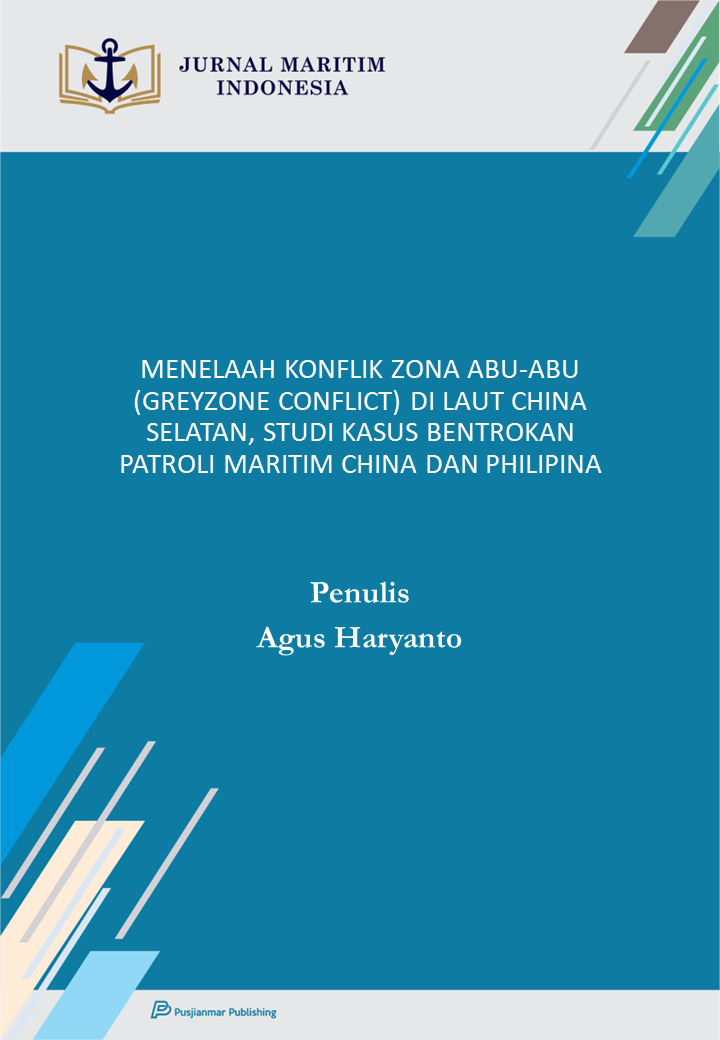Menelaah Konflik Zona Abu-Abu (Greyzone Conflict) Di Laut China Selatan, Studi Kasus Bentrokan Patroli Maritim China Dan Philipina
Keywords:
grey conflict, greyzone conflict, China, Philippines, South China Sea, Maritime territorial disputeAbstract
The grey zone conflict in the South China Sea reflects complex geopolitical dynamics involving China's strategy of diplomacy, soft power and military modernization to strengthen its influence in the region. While these efforts are often criticized, China
continues to defend its interests, including through defense reforms and the use of paramilitary tactics. The conflict triggered responses from countries such as the Philippines, Vietnam and Malaysia, which strengthened multilateral and minilateral
cooperation to maintain regional stability. ASEAN and China's efforts to de-escalate tensions through the Declaration of Conduct (DoC) and Code of Conduct (CoC) demonstrate the importance of diplomacy in conflict resolution, although implementation
still faces challenges. The Philippines-China relationship, which is often contentious, involves heavy influence from the United States as a major player in maintaining the strategic balance in the region. This research highlights the importance of understanding gray zone conflicts as an approach to managing disputes without open escalation. Through qualitative descriptive analysis, it explores the internal and external factors that influence the stability of the maritime region and its implications for the strategic environment of countries in the Indo-Pacific. Dialogue and negotiation efforts involving ASEAN, China and other global actors
remain key in creating regional peace and stability.






